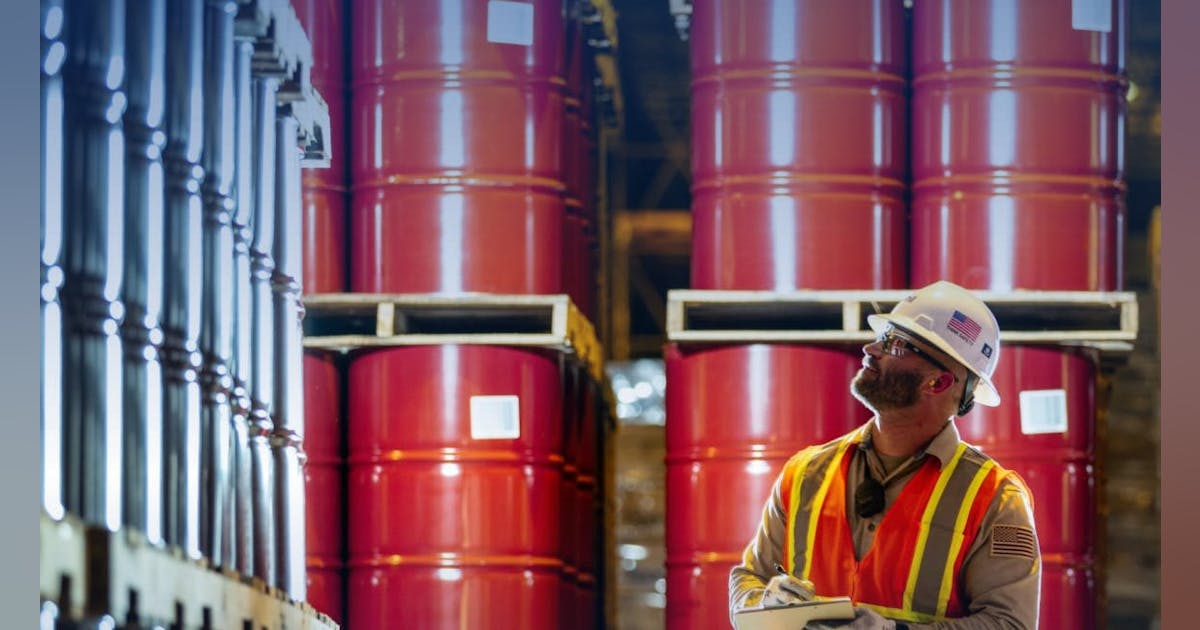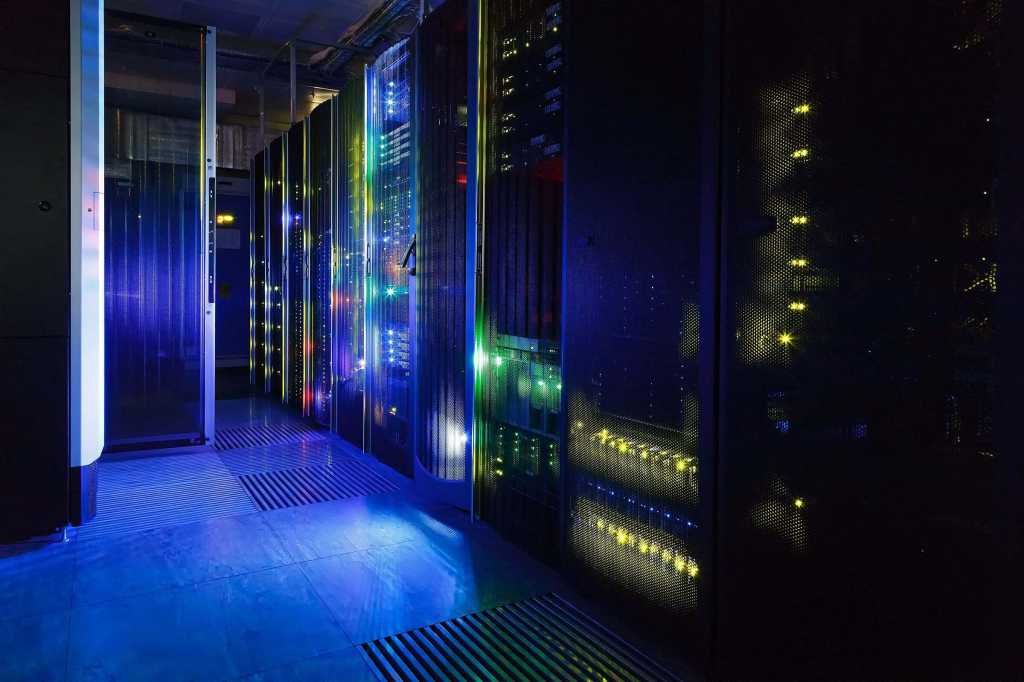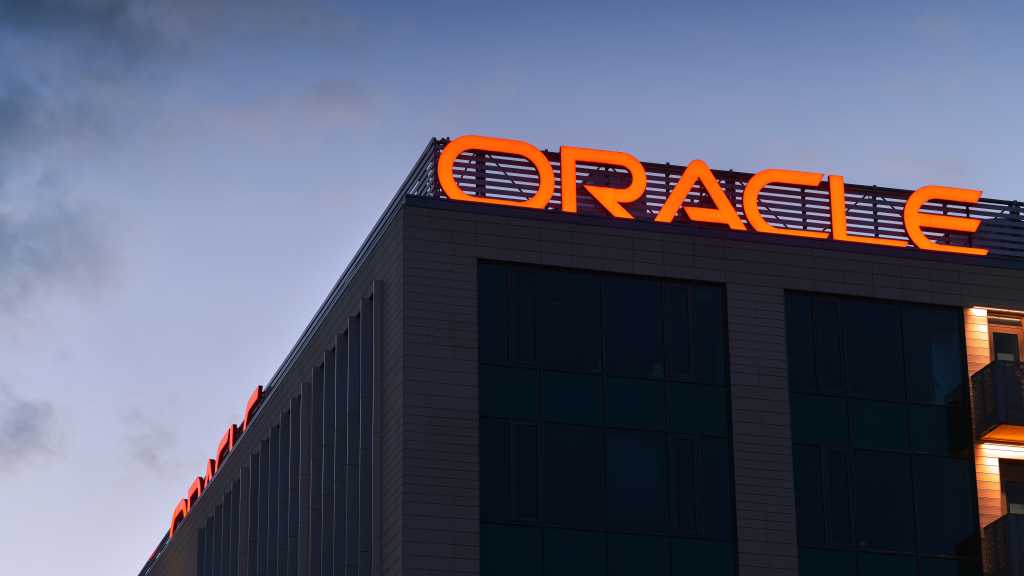
Oil executives pressed for faster permitting — and didn’t discuss concerns about falling crude prices — during a meeting with President Donald Trump on Wednesday, Interior Secretary Doug Burgum said.
The more than hour-long session brought Trump, an unabashed champion of American oil and gas might, face to face with more than a dozen executives eager to help shape the president’s “energy dominance” agenda.
Executives praised Trump’s early moves to approve natural gas export licenses and unwind regulations that have raised the industry’s operational costs. The backdrop for the meeting, however, was mounting concern about the president’s plan to slash energy prices, potentially to levels that could make some domestic production unprofitable. On Wednesday, West Texas Intermediate crude, the US benchmark, closed at $67.16 per barrel, down from $75.89 Trump’s first full day in the White House this year.
Still, in the meeting, “there was really no discussion on price,” Burgum said, emphasizing that’s “set by supply and demand,” and “there’s nothing we can say in that room that would change that one iota.”
Instead, the group focused heavily on the need to speed up permitting times and ensure project approvals have lasting durability. While some moves to streamline permitting can be achieved administratively by the executive branch, oil industry leaders have emphasized the importance of getting those changes passed by Congress and enshrined into law.
“We did talk a lot about permitting, because one of the things that this industry has faced is the onslaught of regulation that really had one goal in mind: trying to drive their business out of business,” Burgum said. In story after story, Burgum said he and Energy Secretary Chris Wright heard how “the permitting process takes longer than the actual building process on critical infrastructure in our country.”
Ahead of the meeting, participants were set to include chief executives from across the spectrum of the industry, including integrated oil companies (Exxon Mobil Corp., Chevron Corp., Shell Plc, BP PLC, ConocoPhillips, Hess Corp.); independent producers (Diamondback Energy Inc., APA Corp’s Apache, Occidental Petroleum Corp., Continental Resources Inc.); refiners (Marathon Petroleum Corp. and Phillips 66); a pipeline operator (Enbridge Inc.) and an oil field service firm (Baker Hughes Co.). A final participant list was not immediately available Wednesday afternoon.
“As leaders of the American oil and natural gas industry, we appreciated the opportunity to meet with President Trump and key members of his cabinet today to discuss the commonsense energy solutions Americans voted for,” said Mike Sommers, president of the American Petroleum Institute. That included recommendations the trade group has outlined in its “policy road map” for administration officials.
Lorenzo Simonelli, chief executive officer of Baker Hughes, called it “a positive meeting around continued investment in energy development and infrastructure, in line with the administration’s goals to unleash American energy.”
In the meeting, “President Trump reaffirmed his commitment to restore America’s energy dominance and ‘drill, baby, drill,’” said Taylor Rogers, a White House spokesperson.
Wright dismissed talk of a possible $50 price target for crude. A March 10 Financial Times report cited Wright as saying the US shale sector can boost production even if oil prices dip to that level, spooking some industry leaders, given that’s below the cost of production in many US fields. Separately, Trump has praised recent declines in crude prices — weeks after he urged OPEC+ to boost output.
“I don’t think I’ve mentioned $50 oil before,” Wright said. “I’ve always said all commodities are supply and demand.”
However, Wright added, the federal government can “do everything we can to get barriers out of the way to grow supply,” which will naturally push prices down.
That’s already happening, Wright said, as the Trump administration embarks on a deregulation agenda that could enhance demand for fossil fuels while lowering the cost of producing oil and natural gas. “We’ve seen prices come down a little bit already in anticipation that it’s going to be easier to produce energy in the United States and it’s going to be lower risk.”
WHAT DO YOU THINK?
Generated by readers, the comments included herein do not reflect the views and opinions of Rigzone. All comments are subject to editorial review. Off-topic, inappropriate or insulting comments will be removed.
MORE FROM THIS AUTHOR
Bloomberg























